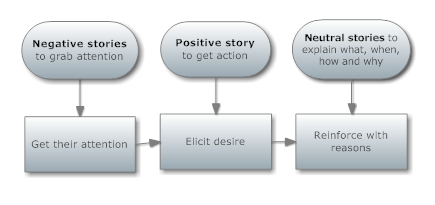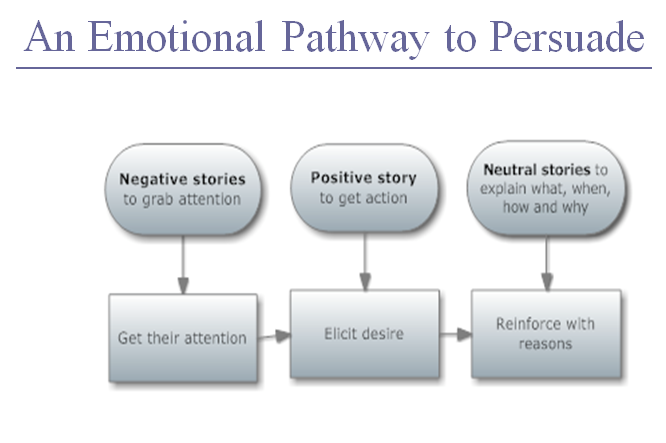 Every time I read about a new neuromarketing study, it seems they’re only confirming what copywriters and marketers knew all along: to get readers to take action, you must address the “what’s in it for me” filter in consumers’ minds. Easy, right? Well…
Every time I read about a new neuromarketing study, it seems they’re only confirming what copywriters and marketers knew all along: to get readers to take action, you must address the “what’s in it for me” filter in consumers’ minds. Easy, right? Well…
Although we can’t directly cause people to do something, we can use knowledge of the brain to improve our chances of influencing their buying decisions. We can write better content because we understand how consumers make decisions.
We know more about the subconscious functions than ever before. We know what kinds of messages reach the emotional brain and the old brain, even though consumers aren’t aware of their influence. More importantly, we now understand that much of our decision making goes on in the old brain, out of conscious awareness.
Neuromarketing and science can help improve your content writing so that it has more of an impact on people in your target audience.
I just love this site: SalesBrain, a neuromarketing company. Founded by Christophe Morin and Patrick Renvoise, authors of Neuromarketing: Understanding the Buy Button Inside Your Customers’ Brains. The company does sales training using neuroscience as it applies to what influences buying decisions.
I recommend you visit the site, as it is clear and easy to navigate to find great information about buying decisions. I found the page on 6 ways to stimulate the old brain especially illuminating.
Here’s an excerpt from www.SalesBrain.net:
The ‘Old Brain’ is Self-Centered
The ‘Old Brain’ is a very self-centered entity and general considerations about others do not reach it. Think of it as the center of ME. Do not assume that it has any patience or empathy for anything that does not immediately concern its survival and well-being.
The ‘Old Brain’ Seeks Contrast
Before/after, with/without, slow/fast all allow the Old Brain to decide. Contrast is a safe decision engine. It allows quick and safe decisions. Without contrast, it enters a state of confusion, which ultimately results in delaying decision.
The ‘Old Brain’ is Tangible
Numbers work for the neo-cortex, but the ‘Old Brain’ won’t decide based on numbers alone! It is constantly scanning for what is familiar and friendly, what can be recognized quickly, what is tangible and immutable. It cannot process concepts like “flexible solution”, “integrated approach”, or “scalable architecture” without efforts and doubts.
The ‘Old Brain’ Remembers Beginning and End
It forgets most everything in the middle. This short attention span has huge implications on how to construct and deliver powerful messages. Placing the most important content at the beginning is a must, and repeating it at the end an imperative. Keep in mind that anything you say in the middle of your delivery will be mostly overlooked.
The ‘Old Brain’ is Visual
Neuroscience demonstrates that when you see something that looks like a snake, you react even before the conscious mind physically recognizes it’s a snake. This implies that visual processing enters the ‘Old Brain’ first which can lead to very fast and effective connection to the true decision-maker.
The ‘Old Brain’ Responds to Emotion
Neuroscience has clearly demonstrated that ’emotional cocktails’ create chemical reactions that directly impact the way we memorize and act.
What do you think about this? Makes sense to me.
How will you apply it to your content marketing?












